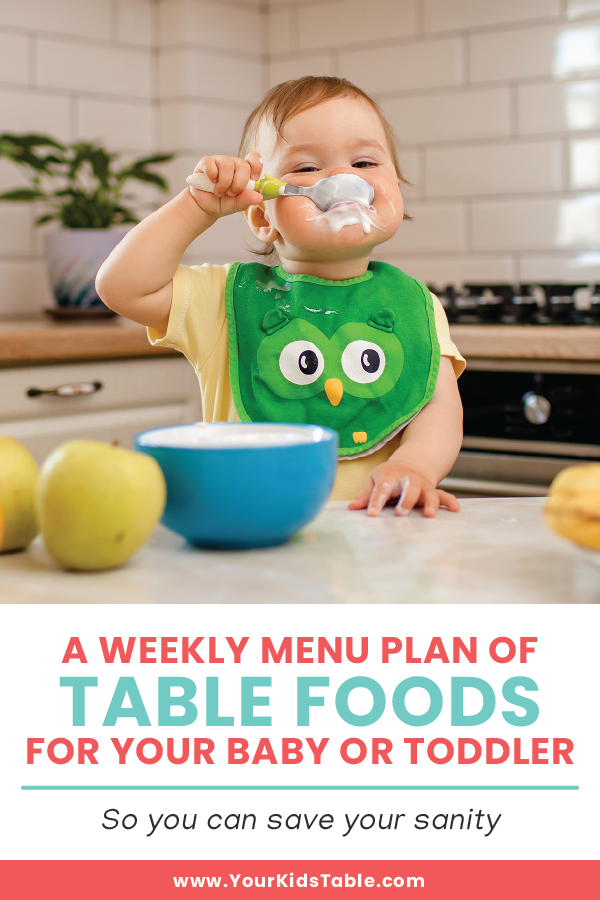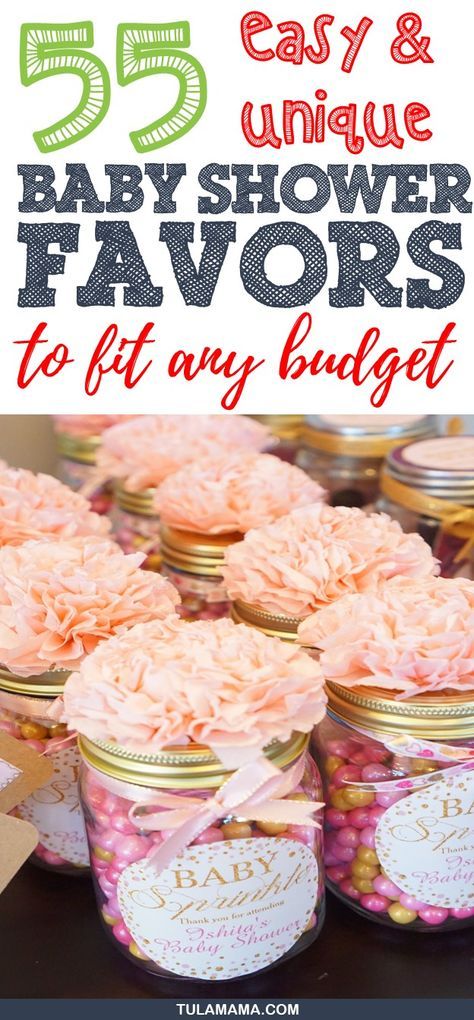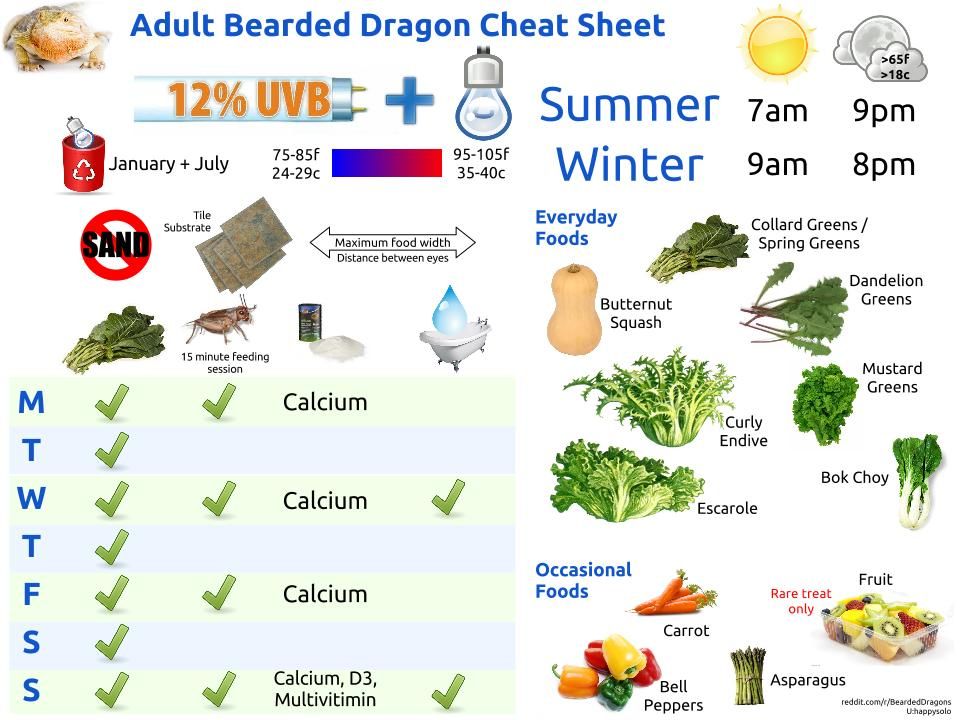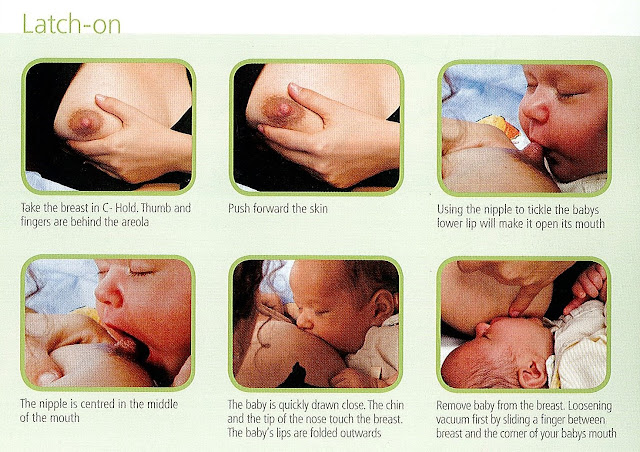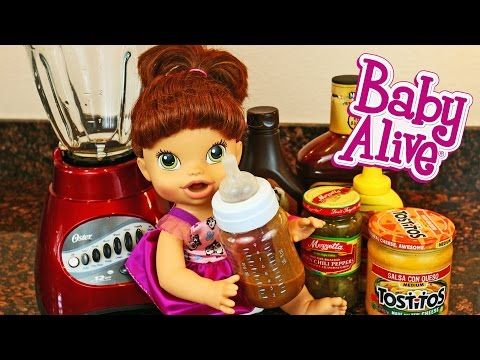Introducing table food to babies
How to Transition Your Baby to Table Foods Easily and Safely
Learn when babies start eating table foods and how to transition them to eating table and finger foods. With this plan from an occupational therapist, you’ll feel confident you’re doing it safely!
As an occupational therapist that specializes in feeding, I often get asked how to transition a baby or toddler onto table foods. These questions usually come from parents that are struggling through the process with a baby (under 12 months old) or from parents that now have toddlers and are still stuck on pureed baby foods.
This post will help you no matter which situation you find yourself in!
Keep in mind that for babies and toddlers that won’t eat finger or table foods, the approach may need to be tweaked and adjusted specifically for your child based on the underlying cause. Difficulty with transitioning to table foods is *sometimes* a red flag for sensory sensitivity, oral motor delays, or some underlying medical diagnosis like reflux.
You can read more about those causes, and what to do about them in Why Kids Don’t Eat.
Because I want to give you a complete step by step plan, this post is part 1 of 2, in it you’ll learn when and how to start introducing table foods to your baby.
In part 2 of transitioning babies to table foods, you’ll learn how to fully get your baby eating table foods without needing baby food any longer. As well as some helpful examples of a baby and toddler’s feeding schedule once they’re eating table foods. Lastly, you’ll find out what to do if your baby won’t eat table or finger foods.
You Need Patience for Transitioning from Baby Food to Table Food
As a mom, each time I had to transition my boys onto table foods, I was frustrated and overwhelmed even though I’m a feeding therapist that had helped many families through it before. It’s different when you’re the mom living it day in and day out.
Experiencing that as a mom showed me how challenging it can be.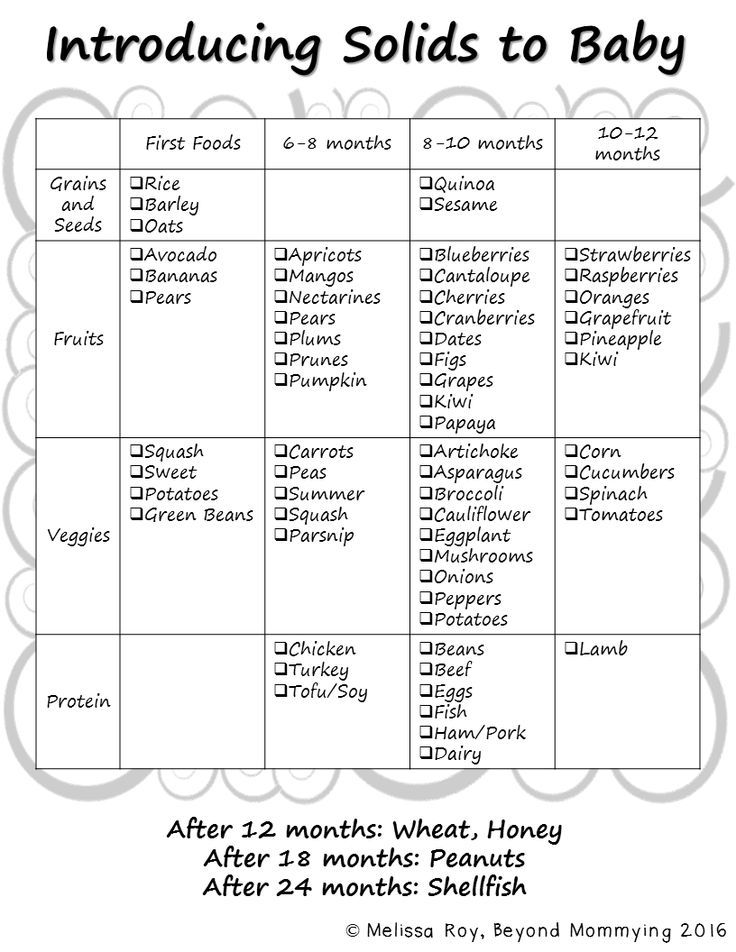 The little baby food routine you had starts to shift, as they are also beginning to wean from breast or bottle and learn to drink from some type of cup (ideally a straw cup).
The little baby food routine you had starts to shift, as they are also beginning to wean from breast or bottle and learn to drink from some type of cup (ideally a straw cup).
As parents, we worry, “Are they eating enough?”
With jarred food, you can know exactly how much they’ve eaten, but it gets a little blurry when half of the diced up food you give them is on the floor. It’s tempting to stop serving table foods and to focus baby food because you know how much they’re eating – but there’s a problem with that as you’ll learn shortly.
This process does require some patience because your baby is learning a new skill, something I had to remind myself of quite often.
My best advice as a mom and OT is to take heart and know it’s all part of the process. Remember that until 1 year of age, their milk source (breast milk or formula) is their main source of nutrition.
This is why people say, “food before one is just for fun.”
We want to teach our babies how to eat table and finger foods so they have the skill, but not get stuck on how much they are actually eating. This is an exciting time, and it’s absolutely adorable when your chubby little baby is gnawing on a bread stick or getting puffs stuck on their face!
This is an exciting time, and it’s absolutely adorable when your chubby little baby is gnawing on a bread stick or getting puffs stuck on their face!
Now that you’re in the right frame of mind, let’s dive into the details of when and how to introduce table foods to your baby!
When Do Babies Start Eating Table Food?
Generally speaking, a good time to start introducing table foods for most babies is around 8-9 months. However, it may be later for your child, especially if they were a preemie. You will know they aren’t quite ready if they refuse, gag, or cough a lot when you try. That’s okay, don’t be discouraged, this just means you will need to take it slower and consistently offer safe foods they won’t choke on.
If you’re nervous about how to handle gagging or your baby is gagging a lot on foods, head to Everything You Need to Know About Baby Gagging.
For other babies, they may start eating table foods even earlier, sometimes at 7 months. As a feeding therapist, I can’t recommend starting too much earlier, but of course, it is your choice if you feel they are ready. It is likely that they will be mostly swallowing (not chewing) most of the food though.
As a feeding therapist, I can’t recommend starting too much earlier, but of course, it is your choice if you feel they are ready. It is likely that they will be mostly swallowing (not chewing) most of the food though.
If you’re thinking about baby led weaning, check out my pros and cons of BLW.
One critical word of caution is to NOT wait too long to start transitioning to table foods. Babies will instinctively chew from 7-8 months to around 11 months old, which means the transition will come easier. Check out this Weekly Meal Plan of Table Foods For Your Baby or Toddler to help give you ideas.
Waiting past 10 months, unless your child has developmental delays, a diagnosis, swallowing difficulties, or was born prematurely, can make transitioning to table foods even harder when they’re a toddler. See this chart as a quick reference:
Affiliate links used below. See our full disclaimer
Step #1: Transitioning to Table foods
Some signs your baby is ready for this transition are:
- Looking at or grabbing your food
- Making a chewing motion with their mouth when they watch you eat
- Picking up small objects
- Are 8-9 months old.
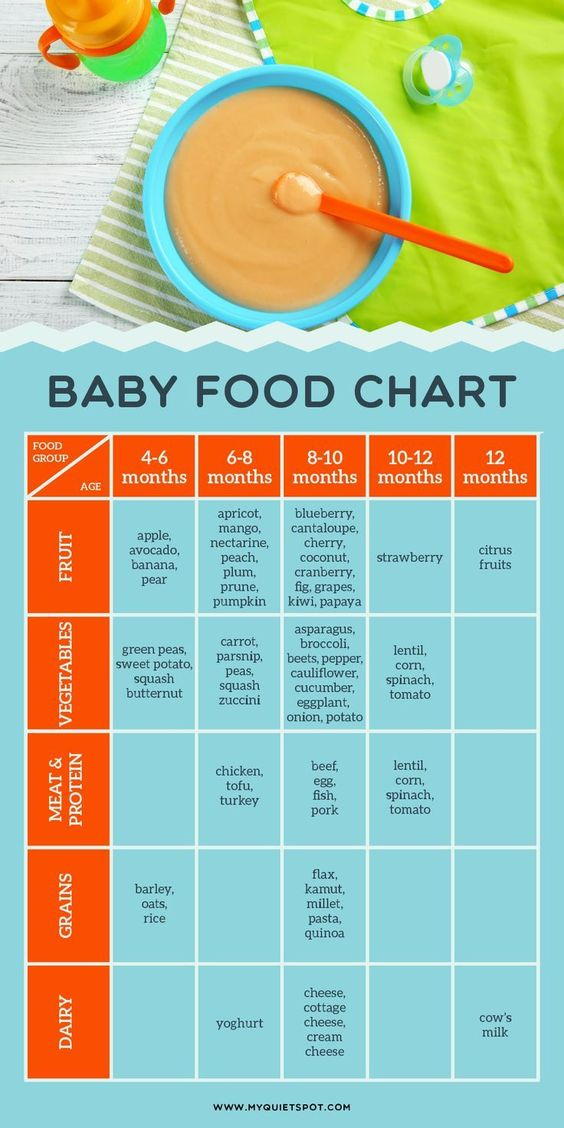 See 9 Month Old Baby Food + Table Food Ideas.
See 9 Month Old Baby Food + Table Food Ideas.
Remember, you want to start this by 10 months even if you aren’t seeing some of these signs, as long as they don’t have any of the reasons listed in the previous section to delay the start of table foods.
A week or two before you begin to introduce solids, start to thicken their baby food. Thicker foods require more movement of the tongue and muscles in the mouth, which helps lay a good foundation for moving a solid piece of food around in their mouth.
If you’re making your own baby food (get the DIY here), then add less water or liquid when pureeing. Use stage 2 baby food if you’re buying premade baby food.
Beware that some stage 3 type foods are great because they are thicker, but many of the jarred varieties have whole pieces of food mixed in with the puree, don’t go there – yet. That is putting the cart before the horse. For now, it’s crucial to stick with smooth purees, gradually increasing their thickness, as your baby tolerates it.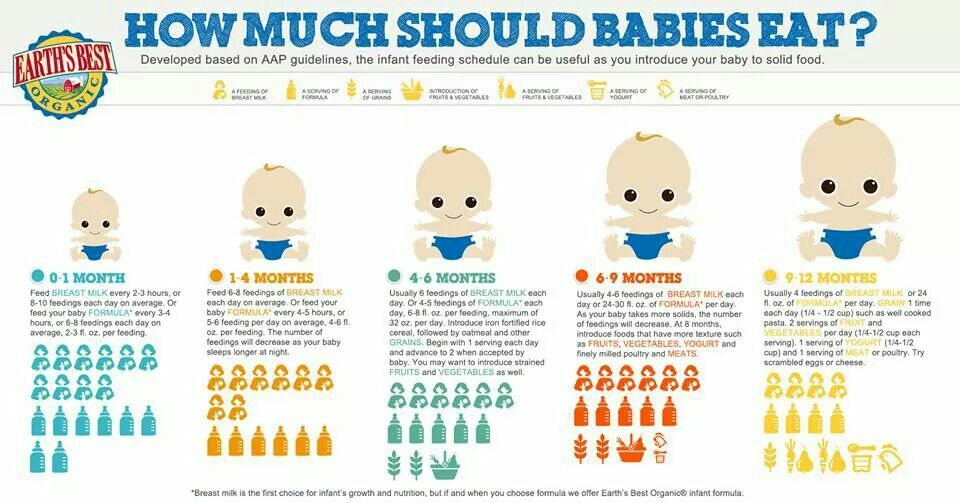 NO CHUNKS.
NO CHUNKS.
The mixed in chunks can cause gagging and a negative experience. It’s actually harder for babies to eat than table foods. Babies that eat chunks in their baby food well are just swallowing it all without chewing.
I’d also recommend increasing the thickness of store bought baby food by adding cereal (this is one of my favorites) or freshly pureed foods into jarred baby foods.
Step #2: Eating Table Foods to Teach Your Baby
Once you start thickening their baby food, it would also be great to start eating at the same time you feed your baby, if you aren’t already. Your baby will watch what you do and learn a lot from it.
When you see that you have their attention, begin to dramatically chew for them, even with your mouth open. Show them how you put a small piece of food into your mouth using your hand. It may take finding the right moment to get their attention, but this will help pique their interest in table foods, as well as teach them what they should do when you hold that piece of food up to them for the first time.
The Best First Table Food for Babies
Before we move on, you need to know what table food to offer your baby. A great place to start, and the best choice for a lot of babies first table food is a meltable puff. I’ve used Gerber puffs many times, but there are so many brands, just test whatever type of puff you buy by letting it sit in your mouth and seeing how quickly it dissolves.
The dissolving factor is important because if your baby doesn’t chew the puff, it will dissolve in their saliva.
Puffs are perfect because they are hard and crunchy initially, which helps babies realize there is something in their mouth. That crunchy texture also helps them find it and maneuver it around in their mouth.
It may seem to make sense to start with a soft table food like eggs or banana. Not bad logic, but because those foods are so soft, babies have a hard time feeling exactly where it is in their mouth. For some babies, this means they will refuse table foods and for others, it means they aren’t chewing and just swallowing.
The wonderful thing about puffs is that they dissolve in saliva in just a few seconds. So, if your baby doesn’t chew while they are learning to eat and they swallow, they aren’t going to choke on it. That is peace of mind.
Puffs are also great because they can be broken into really small pieces for those first attempts, if needed. And, babies can pick them up easily! Read more in when can babies eat cheerios and puffs? (Cheerios are much later, they don’t dissolve)
Step #3: Introducing Table Foods to Your Baby
The very first time you give your baby an actual table food, you’ll want to try and pick a time with little distractions and that you can give them your full attention.
Make sure they are seated in their high chair because this keeps them in a safe position and will help prevent choking. Read about how to make sure your baby is seated safely for eating.
Place the table food on their tray and allow them to touch and explore it for a few minutes. Some babies will pick it up and put it right into their mouth, depending on their age. While that is certainly ideal, your baby may may need some more help.
Some babies will pick it up and put it right into their mouth, depending on their age. While that is certainly ideal, your baby may may need some more help.
If they aren’t putting the table food into their mouth, demonstrate picking it up and putting it into your mouth. Then, pick up a piece and put it into their mouth, right where their molars will be. Or, if they’re holding the food, gently guide their hand towards their mouth for them as you smile reassuringly.
If they munch up and down and swallow, you can offer more bites.
However, on the first attempt, some babies cough or gag. Other babies will spit it out. Be encouraging, peaceful (they will sense your stress, fake it if you have to), and know when to call it quits. Often, it may take a few meals over a few days before babies get the hang of it.
If your baby turns their head or pushes your arm away when you try to put the food in their mouth, then respect that and don’t force it. They may need some more exploration with the food first.
Step #4: Transitioning Baby to Table Foods
Continue to offer puffs for a few days to a week at every meal alongside their pureed food, until you can see them munching up and down with their jaw most of the time.
Ideally, they should be feeding themselves the puffs, too, but don’t let that be a deal breaker on moving forward. You can help them put the puffs in their mouth as long as they’re willingly opening their mouth. Find baby feeding schedules for 8, 9, and 10 month olds here and 11-14 months here.
Once your baby is enjoying puffs, you’ll want to try small pieces of other foods that dissolve really quickly. Some examples are: Town House Crackers (not Ritz, this texture actually requires more chewing), Graham Crackers, Teething Wafers, Baby Cheese Puffs, rice husks, and other stage 1 table foods you find in the baby aisle at the grocery store.
If you aren’t sure if a finger food is safe, do a taste test yourself. How quickly does it dissolve compared to a puff? How much do you need to chew it?
Step #5: Transitioning from Baby Food to Table Food
As your child eats a variety of crunchy but melt-able foods well, then you can start with soft foods like bananas, noodles, cheese, breads, and overly cooked veggies in a cube shape.
You can also try these cubed “jellies” or little frittatas, that are perfect for this stage too. It may take a few days or weeks before you’re ready to move onto these soft foods.
When your baby is eating several cracker like foods and several soft foods, you can pull back from giving as much baby food and perhaps skip the baby food at some meals. As they eat more and more of the table foods, you’ll serve less and less baby food, skipping it more and more until you no longer need it.
To learn more about helping your baby or toddler transition to table foods completely, while avoiding some common pitfalls, grab a free seat in my online workshop (I’ll email you the link of where to watch) by click below:
Click here to get a free seat in my 5 Big Feeding Mistakes that are Stopping Your Child from Learning to Eat Table Foods
Important Tips for Transitioning Baby to Table Foods Easily
- Once you begin introducing table foods, offer one table food at each meal.
 Then, slowly increase the variety of foods they are eating as they are managing more foods.
Then, slowly increase the variety of foods they are eating as they are managing more foods.
- Continue to steadily increase the thickness of baby foods as you progress with table foods. If you aren’t making your own baby foods, try pureeing what you are eating for dinner or mix this into the jarred baby food. This will help get your child used to more textures and tastes. I love using a magic bullet for this!
- Carefully monitor all new foods. Some coughing and an occasional gag is normal. If you are seeing this frequently, the texture you are giving them may be too difficult for them. Wait a week or so before introducing it again and then proceed slowly. Discuss persistent gagging and choking with your doctor.
Keep reading about transitioning your baby or toddler to table foods in Part 2 of this series.
If you need more inspiration for table foods, check out my Mega List of Table Food Ideas and Pinterest for more ideas.
Free Printable: Learn How to Eat Table Foods Cheat Sheet!!
Want to have all these steps in your hands so you can reference them in a heartbeat? We’ve got you covered you’ll find all the steps for transitioning your baby or toddler to table foods in this handy free printable:
Click here to get the free Learn How to Eat Table Foods Cheat Sheet
More on Transitioning Baby to Table Foods from Your Kid’s Table
The Ultimate List of Baby/Toddler Meal Ideas
The Best High Calorie Foods for Babies
Getting Picky Eaters to Eat New Foods
A Weekly Meal Plan of Table Foods For Your Baby or Toddler: So You Can Save Your Sanity
Alisha Grogan is a licensed occupational therapist and founder of Your Kid’s Table. She has over 18 years experience with expertise in sensory processing and feeding development in babies, toddlers, and children. Alisha also has 3 boys of her own at home. Learn more about her here.
Learn more about her here.
When, What, and How to Introduce Solid Foods | Nutrition
For more information about how to know if your baby is ready to starting eating foods, what first foods to offer, and what to expect, watch these videos from 1,000 Days.
The Dietary Guidelines for Americans and the American Academy of Pediatrics recommend children be introduced to foods other than breast milk or infant formula when they are about 6 months old. Introducing foods before 4 months old is not recommended. Every child is different. How do you know if your child is ready for foods other than breast milk or infant formula? You can look for these signs that your child is developmentally ready.
Your child:
- Sits up alone or with support.
- Is able to control head and neck.
- Opens the mouth when food is offered.
- Swallows food rather than pushes it back out onto the chin.
- Brings objects to the mouth.
- Tries to grasp small objects, such as toys or food.

- Transfers food from the front to the back of the tongue to swallow.
What Foods Should I Introduce to My Child First?
The American Academy of Pediatrics says that for most children, you do not need to give foods in a certain order. Your child can begin eating solid foods at about 6 months old. By the time he or she is 7 or 8 months old, your child can eat a variety of foods from different food groups. These foods include infant cereals, meat or other proteins, fruits, vegetables, grains, yogurts and cheeses, and more.
If your child is eating infant cereals, it is important to offer a variety of fortifiedalert icon infant cereals such as oat, barley, and multi-grain instead of only rice cereal. Only providing infant rice cereal is not recommended by the Food and Drug Administration because there is a risk for children to be exposed to arsenic. Visit the U.S. Food & Drug Administrationexternal icon to learn more.
How Should I Introduce My Child to Foods?
Your child needs certain vitamins and minerals to grow healthy and strong.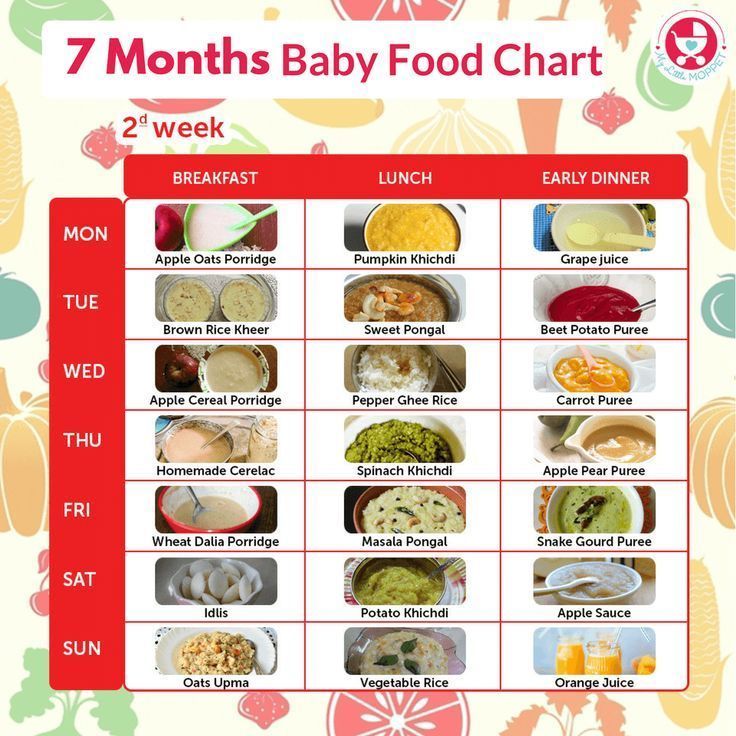
Now that your child is starting to eat food, be sure to choose foods that give your child all the vitamins and minerals they need.
Click here to learn more about some of these vitamins & minerals.
Let your child try one single-ingredient food at a time at first. This helps you see if your child has any problems with that food, such as food allergies. Wait 3 to 5 days between each new food. Before you know it, your child will be on his or her way to eating and enjoying lots of new foods.
Introduce potentially allergenic foods when other foods are introduced.
Potentially allergenic foods include cow’s milk products, eggs, fish, shellfish, tree nuts, peanuts, wheat, soy, and sesame. Drinking cow’s milk or fortified soy beverages is not recommended until your child is older than 12 months, but other cow’s milk products, such as yogurt, can be introduced before 12 months. If your child has severe eczema and/or egg allergy, talk with your child’s doctor or nurse about when and how to safely introduce foods with peanuts.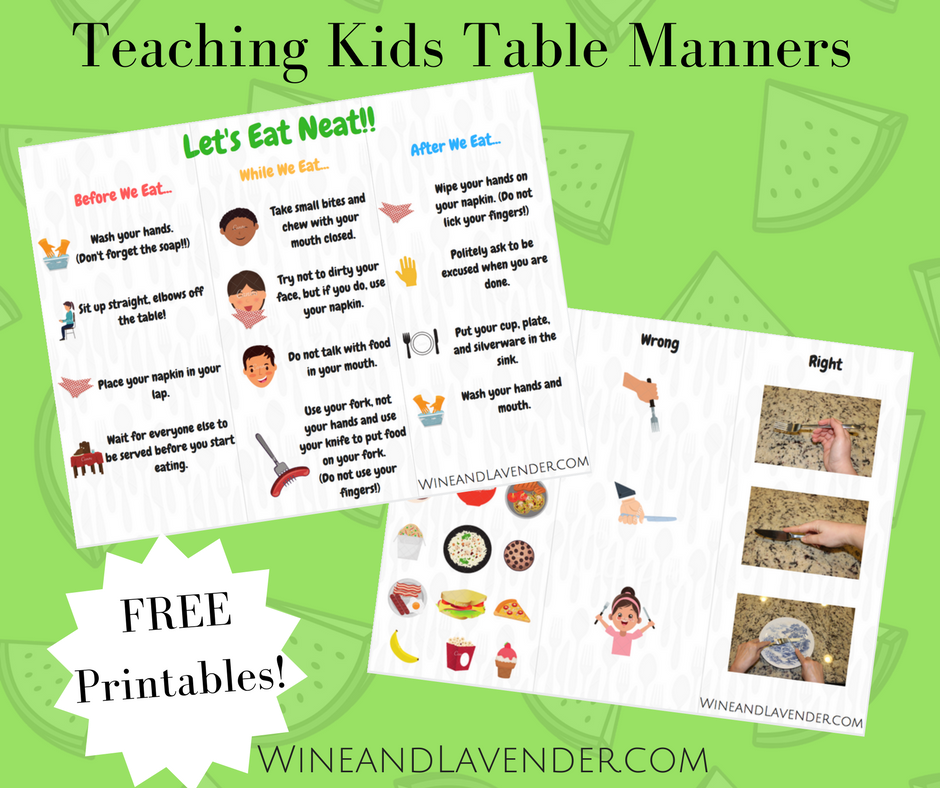
How Should I Prepare Food for My Child to Eat?
At first, it’s easier for your child to eat foods that are mashed, pureed, or strained and very smooth in texture. It can take time for your child to adjust to new food textures. Your child might cough, gag, or spit up. As your baby’s oral skills develop, thicker and lumpier foods can be introduced.
Some foods are potential choking hazards, so it is important to feed your child foods that are the right texture for his or her development. To help prevent choking, prepare foods that can be easily dissolved with saliva and do not require chewing. Feed small portions and encourage your baby to eat slowly. Always watch your child while he or she is eating.
Here are some tips for preparing foods:
- Mix cereals and mashed cooked grains with breast milk, formula, or water to make it smooth and easy for your baby to swallow.
- Mash or puree vegetables, fruits and other foods until they are smooth.
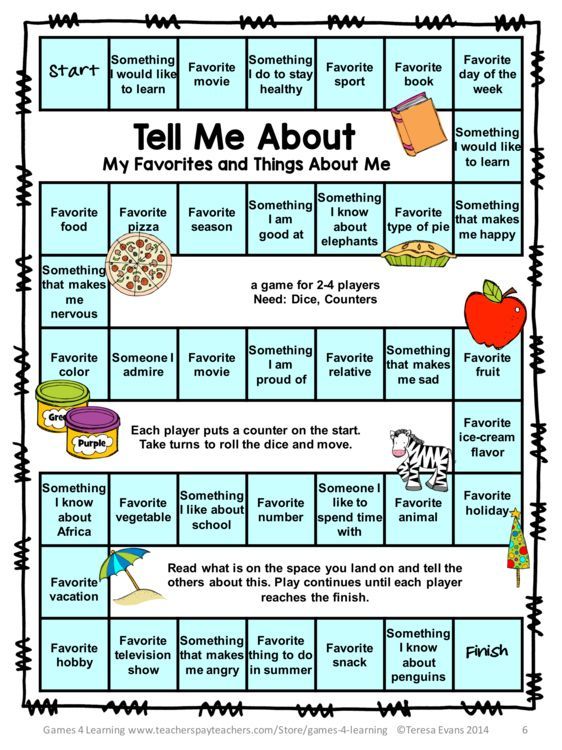
- Hard fruits and vegetables, like apples and carrots, usually need to be cooked so they can be easily mashed or pureed.
- Cook food until it is soft enough to easily mash with a fork.
- Remove all fat, skin, and bones from poultry, meat, and fish, before cooking.
- Remove seeds and hard pits from fruit, and then cut the fruit into small pieces.
- Cut soft food into small pieces or thin slices.
- Cut cylindrical foods like hot dogs, sausage and string cheese into short thin strips instead of round pieces that could get stuck in the airway.
- Cut small spherical foods like grapes, cherries, berries and tomatoes into small pieces.
- Cook and finely grind or mash whole-grain kernels of wheat, barley, rice, and other grains.
Learn more about potential choking hazards and how to prevent your child from choking.
Top of Page
Synopsis of the integrated lesson "Introducing children to the classification of dishes: kitchen, dining, tea" | Outline of the lesson on the topic:
Summary of the integrated lesson "Introducing children to the classification of dishes: kitchen, dining, tea"
Purpose: To introduce children to the classification of dishes - kitchen, dining, tea. To consolidate knowledge about the general concept of dishes. Continue to teach children to highlight the essential features of dishes, differences and, according to differences, classify dishes for their intended purpose. Continue to learn how to decorate dishes (cups) with familiar elements of decorative drawing. To arouse interest in the lesson, the ability to clearly and correctly answer the questions of the teacher.
To consolidate knowledge about the general concept of dishes. Continue to teach children to highlight the essential features of dishes, differences and, according to differences, classify dishes for their intended purpose. Continue to learn how to decorate dishes (cups) with familiar elements of decorative drawing. To arouse interest in the lesson, the ability to clearly and correctly answer the questions of the teacher.
Visual material: sets of kitchen, dining and tea utensils. Three tables covered with beautiful tablecloths.
Course of the lesson
The teacher offers to sit in a semicircle on the chairs. There are three tables covered with tablecloths in front of the children. On one table there are objects of different utensils - a pot, a frying pan, a kettle, deep and shallow plates.
- What objects do you see on the table? (children list all the items, each name only one item)
- What are all these items for? (To eat, cook food)
- How can one name the items that are needed for cooking and eating? (Dishes)
- So, guys, we remembered what dishes are.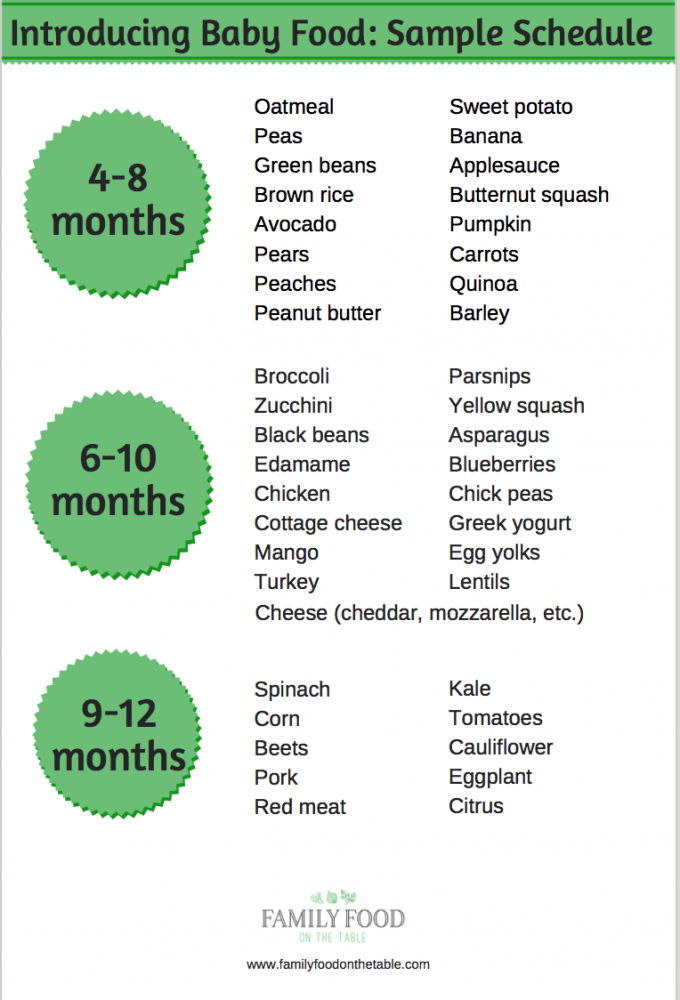
- Now imagine that you need to meet guests. First we need to prepare dinner - cook soup, fry cutlets.
- What kind of utensils do you think we will take first for cooking?
- For example, we need to cook soup. What utensils do we need?
Guess the riddle
I cook your food
For dinner - soup and porridge. (Saucepan)
- Go, Zhenya, take a saucepan and put it on this table.
- What is the name of the place where food is cooked? (Kitchen)
- Here we will have a kitchen.
“Shhh,” the potato sizzles, “
Pour a little oil on.”
That's hot, that's it!
Hot (frying pan).
- Go, Vitalik, put the frying pan where the saucepan is.
(This is how the children call and take turns putting the dishes on a separate table).
- Dinner is ready. Now you need to put food in another dish.
Sometimes deep, sometimes shallow,
A is called... (plate).
- We named all the dishes, but forgot about something. Look carefully and name something without which they never sit down at the table (without a spoon).
Look carefully and name something without which they never sit down at the table (without a spoon).
- Spoons, forks and knives are always needed at the table. They are called cutlery.
- This tableware is called DINING
- And now, I will give you a riddle, and you try to find the answer on my table:
I'm standing on the table, puffing,
I want to treat you to tea.
What is it? (Kettle).
- How did you guess it was a kettle?
Game "Collecting the teapot".
- The job is done. Now you can have a cup of tea. But something happened to the teapot? He crashed.
(Children collect parts of the cut-out picture “Teapot”)
It is standing on the table
Hot tea is poured into it.
What is it? (Cup)
- Listen to the following riddle:
Seemingly impregnable,
Standing on her hips,
Look inside
Refreshment inside (Sugar Bowl)
- And now I propose to have a little rest.
Outdoor game "Find the dishes"
Children are divided into 2 teams, stand one after another. There are crockery on the table on the opposite wall. At the signal "Cookware", the first team must jump to the table and take the item of kitchenware. For another team, the teacher gives the command "Tableware".
The teacher draws the children's attention. Look at this table guys. What is all this utensils for? (To cook food).
- Food is prepared in the kitchen, and the utensils needed for cooking are called KITCHEN.
- Children call this word together, pronounce it.
- So, we have prepared food. Now we need to set the table for dinner.
- What dishes will we need for dinner?
(Children name the dishes and put them on another table).
When all the tableware is on the table, the teacher says:
- What are these dishes for? (For dinner)
- The tableware you need for dinner is called DINING ROOM.
The teacher offers to repeat in chorus and several children individually.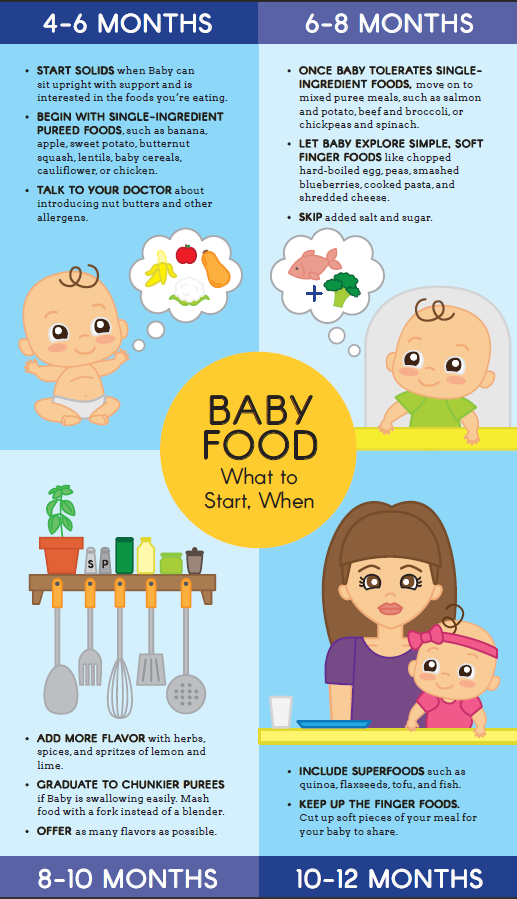
- The lesson continues, the teacher draws the attention of the children to the dishes that have remained on the table.
- Guys, what do you think this dish will be useful for?
(Cup, saucer, sugar bowl, teapot)
- To drink tea.
- The utensils that we need when we drink tea are called TEA.
Children repeat the word in unison.
- Today we learned that dishes are different because they are used in different ways. It can be kitchen, dining, tea.
Physical education session “Washing the dishes”
We opened the tap with water
(perform rotational movements with the hand 4 times, as if opening a tap)
And the dishes were washed
(put the right hand on the left and make circular movements on it, as if washing a plate) , rubbed, washed, washed
Everything around in water and soap.
(Spread arms apart).
Part II
- Let's have some tea. But it's boring to drink tea from white cups.
The teacher shows the children paper cups.
- And to make the cups beautiful, let's decorate them.
- I have a brush (shows), with the help of it we will turn into masters. The teacher asks you to close your eyes.
- We found ourselves in the workshop, and I suggest you go to the work tables.
(Watercolors, jars of water, brushes, coasters, rags are prepared on the tables).
Attendants hand out paints, brushes, rags. Children decorate cups with various familiar elements (circles, strokes, dots, sticks, rings, etc.)
Evaluation of work.
After drawing, the children clean the workplace on their own (wash brushes, cups)
Formation of a culture of proper nutrition among first-graders
| primary school teacher of the highest qualification category MBOU "Gymnasium No. 9 named after the Hero of the Russian Federation" Nemytkin Mikhail Yuryevich, Novosibirsk |
The modern world is full of stress, social, environmental and psychological stress, which affects not only adults but also children. But children still need to spend their energy on learning, comprehending the laws of the world, that is, to carry out, unlike adults, more intense and complex work on self-building, self-development, self-regulation, self-control.
But children still need to spend their energy on learning, comprehending the laws of the world, that is, to carry out, unlike adults, more intense and complex work on self-building, self-development, self-regulation, self-control.
In order to study well, successfully overcoming the difficulties of school life, the child, first of all, must be healthy, but, according to Russian medical statistics, many children lose their health during the period of schooling. This leads to rapid fatigue of schoolchildren in the process of educational work, the comfort of learning is disturbed, disharmony arises in the child's relationship with himself and the outside world.
Thus, in modern conditions, an important pedagogical problem of school education is to help children realize that the main value of life is human health, for which he himself is responsible and which he is obliged to maintain in a naturally harmonious state. Human health includes not only the absence of disease or physical defects, but above all, a state of complete physical, spiritual and social well-being. It is important to give the child knowledge about his uniqueness, to teach him to comprehend the processes of his physical and mental development, to resist life's stresses.
It is important to give the child knowledge about his uniqueness, to teach him to comprehend the processes of his physical and mental development, to resist life's stresses.
When I start working with first-graders, I first of all think about making their stay at the gymnasium comfortable. A child of 6-7 years old spends from 5 to 10 hours in the classroom and in the extended day group, thus, the issue of school meals is acute. It is no secret that children come to grade 1 with already formed eating habits and these habits do not always correspond to a healthy eating culture. But proper nutrition is an important part of maintaining and strengthening the health of schoolchildren.
The health of children depends on the health of adults, no health lessons can replace the personal example of parents and teachers. This means that parents need to be actively involved. Despite the fact that almost all parents face problems in organizing children's nutrition (the child's unwillingness to have breakfast before classes, eat cereal for breakfast, and soups for lunch, the habit of eating dry food), not all parents consider it necessary to tell children about the importance of proper nutrition. . Questioning parents who are invited to answer the following questions helps to understand this:
. Questioning parents who are invited to answer the following questions helps to understand this:
1) Does your child have a good appetite?
2) Does your child eat a variety of foods?
3) Does your child like fruits and vegetables?
4) Do you have to buy your child chips, crackers, carbonated drinks at his request?
5) Does your child like soups?
6) Does your child like porridge?
7) Does your child have breakfast before lessons?
8) Does the child often snack on dry food?
9) Do you often resort to such tricks at the table as persuasion, orders, punishments?
10) Does your child follow the rules of table etiquette (washes hands without prompting, cleans up dishes, uses napkin, knife and fork, puts chair back, thanks for dinner)?
11) Do you consider hot meals at the gymnasium necessary for your child?
My main task as an educator is to make parents my allies, so an educational introductory talk about proper nutrition for children is the beginning of a lot of work. Parents should understand the main directions of proper nutrition of children, the most important component of which is hot school meals. After an appropriate conversation about rational nutrition in my class, 100% of parents decided that their child needed hot meals.
Parents should understand the main directions of proper nutrition of children, the most important component of which is hot school meals. After an appropriate conversation about rational nutrition in my class, 100% of parents decided that their child needed hot meals.
Forming a positive attitude towards the school cafeteria among first-graders is another important task of a teacher. Acquaintance of children with the canteen and its employees is a prerequisite for the formation of a culture of proper nutrition. In advance, at the classroom hour, my children get acquainted with the rules of conduct in the dining room, the norms of behavior at the table during meals. The canteen workers become good friends of the children, many children address them by their first and middle names and thank them for the delicious food. Canteen workers, in turn, know the guys by name, which certainly contributes to the psychological comfort of children, their socialization.
Often the teacher is faced with the question that some children suffer from poor appetite or are not accustomed in the family to such integral components of a healthy diet as cereals, soups, omelettes. And here the creation by the teacher of positive motivation in the child is of considerable importance. So, food diaries were introduced in my class, where good appetite and participation in the “clean plates society” were encouraged. Bright diaries with funny toys on the covers contributed to the desire of children to fill them with "fives" for a good appetite. Intermediate results were summed up, at the end of the year the children received diplomas for proper nutrition, which contributed to positive emotions and a positive attitude towards hot meals in the gymnasium canteen.
And here the creation by the teacher of positive motivation in the child is of considerable importance. So, food diaries were introduced in my class, where good appetite and participation in the “clean plates society” were encouraged. Bright diaries with funny toys on the covers contributed to the desire of children to fill them with "fives" for a good appetite. Intermediate results were summed up, at the end of the year the children received diplomas for proper nutrition, which contributed to positive emotions and a positive attitude towards hot meals in the gymnasium canteen.
Already in the 1st grade, I begin to work on food hygiene. Children in an accessible form at class hours get acquainted with the hygiene skills related to nutrition, with the observance of the diet, with the benefits of dairy products, fruits, vegetables, berries, fruit drinks, jelly, compotes, receive important information about the dangers of chips, crackers, carbonated drinks. The result of this work was the participation of my first-graders in the 5th city competition of the children's poster "We are for proper nutrition", organized by the city Center for Education and Health "Master". The purpose of this competition was to promote a healthy lifestyle, to form the foundations of a culture of healthy eating by means of visual agitation among students of municipal educational institutions of Novosibirsk.
The purpose of this competition was to promote a healthy lifestyle, to form the foundations of a culture of healthy eating by means of visual agitation among students of municipal educational institutions of Novosibirsk.
Objectives of the competition :
– to promote the involvement of students in socially significant activities related to the formation of the foundations of a culture of health;
- promoting the formation of readiness to follow the rules of rational nutrition.
The competition was held in 3 stages: school, district and city. 53 educational institutions from all districts of the city took part in the city stage of the competition. My first-graders responded with pleasure to participation in this competition, presenting their works in the nominations "Poster", "Presentation", "Film". It is especially pleasant that in the final city stage of the competition, two of my first-graders, Anishchenko Lera and Shaydorova Varya, won first places in the nominations Poster and Film, having received certificates from the Main Department of Education of the City Hall.

